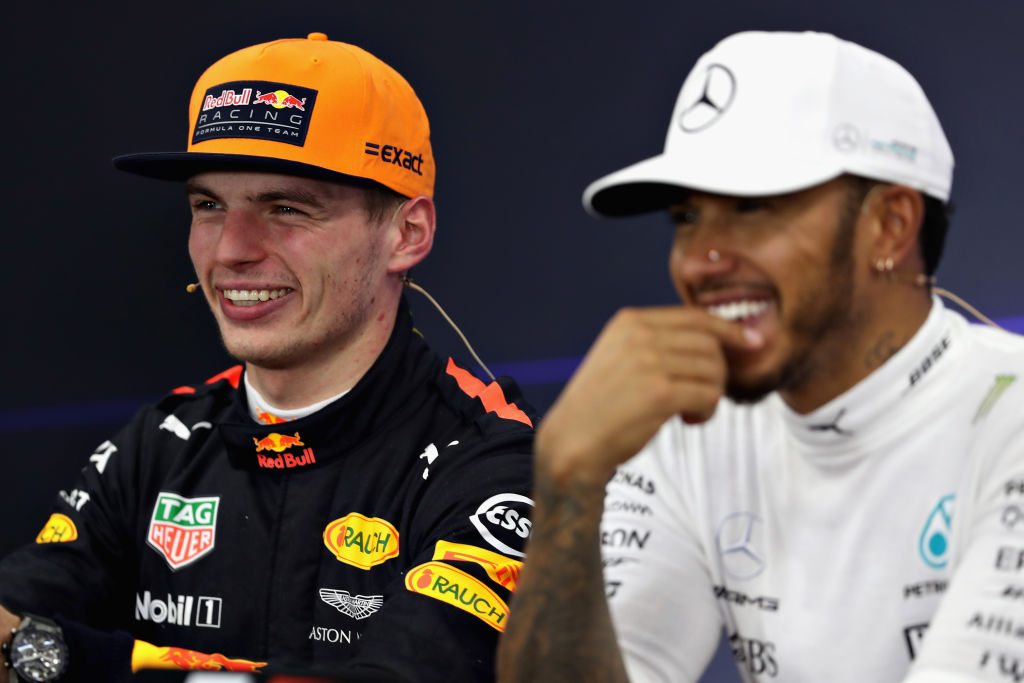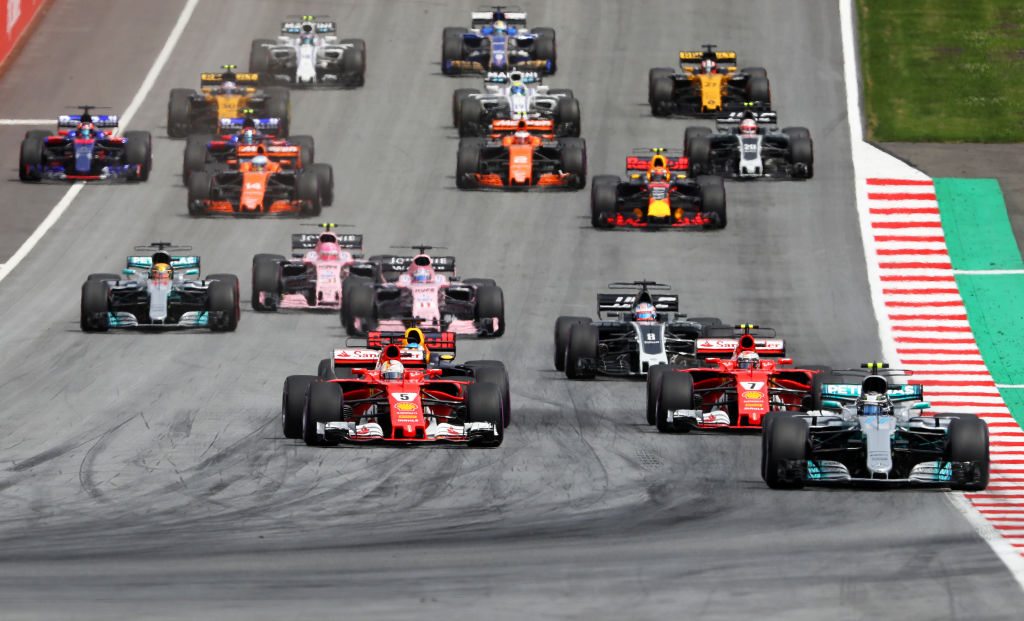With just three Formula 1 races remaining in 2021, the FIA are already looking ahead to the next twelve months in the sport. New tracks have been announced, drivers seats are seemingly sorted and new rules and regulations are set to shake up the grid. While some aspects of 2022 remain shrouded in mystery, one thing is clear, sprint races are here to stay, in some form.
The final sprint race of the 2021 calendar thrilled fans with an impressive drive from seven-time champion Lewis Hamilton, but with the recent news that the 2022 season will feature six multi-race weekends, fans may be beginning to wonder if these short qualifying races really are the answer to Formula 1's fundamental problems.
After recent seasons were dominated by Mercedes and Lewis Hamilton, the sport began to see waning interest from casual fans sick of a one-horse race. The sprint format is designed to promote some variety, giving teams and cars who may regularly turn in performances that see their Saturday afternoons end in Qualifying session one, a chance to grab a spot higher up the starting grid over around 20 laps.
For fans accustomed to seeing the standard Q1, Q2 and Q3 sessions and traditional race, the transition into a qualifying sprint can be jarring. The most common complaint surrounds the concpet that pole position for Sunday's race is awarded to the winner of the sprint race, rather than the fastest driver in qualifying.
Imagine gaining 15 places but scoring no points.
Sprint qualifying is great 🤡
— Jimmy Broadbent (@JimmyBroadbent) November 13, 2021
Speaking after the sprint race in Brazil, McLaren driver Lando Norris suggested that changes could be made to the format, making the sprint race, and its results, independent of Sunday's feature event.
"The thing I would love to maybe add is to change it so you have qualifying on Friday for the race on Sunday," Norris said.
"Then you have a one-shot qualifying on Saturday morning for the sprint race on Saturday. So a one-lap qualifying like they used to do.
"I think that could be exciting, instead of the FP2 that we do now. Therefore you set up Saturday to be a little bit separate, I guess. So the sprint wouldn't mean anything for the Sunday race."
Formula 1, and the FIA more broadly, have wanted to expand the sport for decades, specifically into North American markets. The introduction of sprint races, a shorter, more exciting format, was thought to attract new viewers who may not be invested enough to sit through a full-length feature face.
With Liberty Media joining the fold in 2016 though, and the promotion of the sport worldwide through the Netflix series Drive to Survive (which has been viewed around 50 million times in 2021 alone), Formula 1 is already seeing an impressive boost in both attendance and viewership in those key geographical areas.
https://twitter.com/BrianDunseth/status/1458977058852270084
The most recent United States Grand Prix, held in Austin, saw a record-breaking 400,000 fans attend over the weekend, while tv viewership in the States is averaging 947,000 people per race, an increase of 56% on 2020.
While full credit can't go to Netflix, a close championship battle between Hamilton and Red Bull rival Max Verstappen is also alluring to fans, it is clear that Formula 1 are making the right moves to promote the sport to its existing and a new audience, without the need to introduce a new race format.
Formula 1's managing director of motorsports, Ross Brawn, spoke to Motorsport.com about the new look format and its place in the sport going forward, conceding some things could be made better.
"There were lots of positives. We had some very useful engagement with the teams, some very useful engagement with broadcasters, and analysis of various input." Brawn said.
"There's things we can improve on and polish, but I think overall we're very pleased."
In the interview Brawn did admit that reverse grids were unlikely to feature in 2022, though could find a place in the sport in the future.

The cost to teams is also something the decision-makers must consider too, Brawn admitted.
"We have got the whole financial system to review because the teams will incur extra costs for sprint events." He said.
"They need to come out of that on top. But then they've got more to offer their sponsors and more to offer their commercial partners."
The exact cost to teams running the session hasn't been officially confirmed, but a $600,000 budget cap for any damage sustained was introduced for teams prior to the first sprint race at Silverstone. Additionally, each team is granted a $75,000 payment from Formula 1 management for each sprint qualifying ran.
Reverse grid or not, the sprint qualifying will be around in 2022. A survey conducted of over 150,000 fans found that around 60% of respondents didn't want to see sprint races at every Grand Prix weekend, while only around 6% reported that the sprint races improved the show in F1.
The Saturday sprint spectacle hasn't proved to be a financial loss for the teams, with the final of three sprint weekends concluding, but it looks to have boosted negotiating power for the sport as they bargain for a new broadcasting agreement, something that will ideally boost entertainment and accessibility for the fans.
The FIA are handling a double-edged sword with Formula 1's growing popularity, now tasked with appeasing the traditional lovers of the sport, or appealing to a new market that will solidify it as a global phenomenon.

If the sprint format is truly here to stay beyond 2022, as an essential, valued part of the race weekend, the championship points awarded to drivers must reflect that, as must its relation to the main Sunday race.
Formula 1 is entering a new age, with new regulations delivering cars that may result in the most competitive split between teams in decades. With this growth, the governing bodies must ensure that sprint races don't become little more than a speculative trial to seduce the casual fan. Netflix shows and chaotic Saturday sprints can make money, but passionate supporters make the sport.







